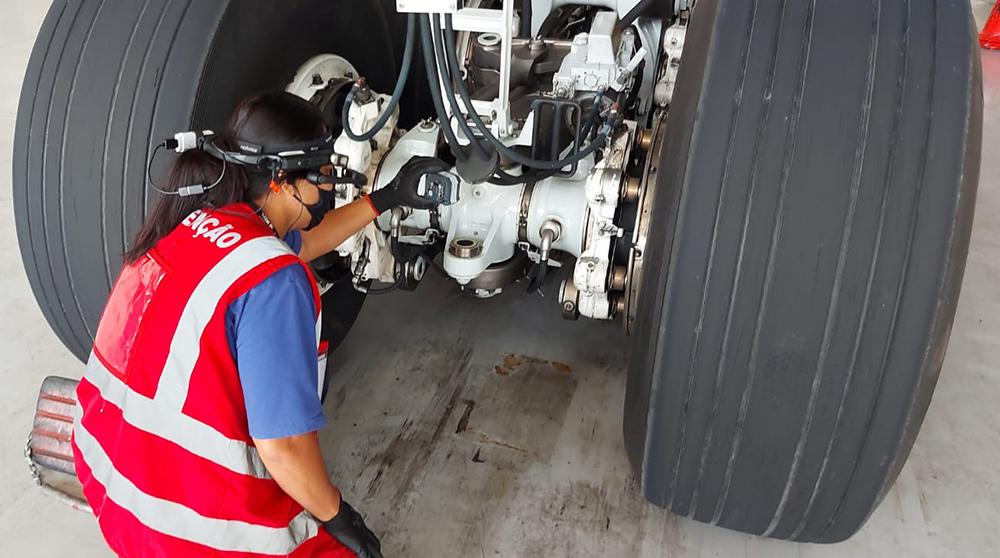
Most people agree that MRO needs to exploit new technologies to become more efficient, yet most MROs are not sitting on much spare cash after the COVID-19 crunch. Allan Bachan, vice president and managing director of consultancy ICF, speaks with Aviation Week about which technologies he thinks can be profitably implemented in this difficult investment environment.

How has the COVID-19 crunch affected technology innovation in aircraft maintenance? Which technology innovations were accelerated by the pandemic, and which were more generally delayed?
This has been a mixed bag. We have seen large organizations like Lufthansa take the opportunity to migrate to a new MRO ERP system, and Southwest Airlines and American go live on applications they had been implementing for the past eight years or so. Where commitments on large-scale IT were already made pre-COVID, the opportunity was taken with grounded fleets to press on, as this situation guaranteed minimal operational disruptions. The opposite also occurred, where organizations like Virgin Atlantic put its project on hold during the pandemic.
On the MRO execution front, innovations like blockchain, paperless, drones in the hangar, robotics for inspections and virtual interaction software were accelerated. More inspections involving remote personnel occurred and more data-driven applications, fuselage mapping and so forth became popular. On a more macro scale, given the technical labor shortage and issues stemming from the great resignation, every opportunity to improve on labor productivity using artificial intelligence, virtual reality and augmented reality applications has taken off.
What do you think are the most promising MRO technology innovations as measured by short payback period?
This is a difficult question since there are so many facets of MRO technology across the spectrum of engineering, planning, production, supply chain and so forth. However, the one innovation that strikes me as having the shortest payback with the most impact is using virtual reality and augmented reality applications to empower technicians with competencies at the point of execution. MRO is mainly about labor and materials consumption. Being more proficient and having a workforce that is more capable and productive is a big payoff when managed properly.
What are the most promising MRO technology innovations in total benefits over the longer term?
Any data-driven application that is prescriptive in nature falls into this bucket. Capitalizing on the as-built nature of newer aircraft and inheriting digital threads into the aftermarket will yield the biggest benefits in the longer term.
What are the major hurdles to MRO technology innovation?
Too much too soon. Understanding the plethora of what is available and how to apply emerging technologies is the biggest hurdle. Changes are too fast and furious to sufficiently grasp. What to do first and why? So, the answer is unfamiliarity, I guess.
How do you view the prospects for blockchain or other distributed-ledger solutions in the commercial aviation aftermarket?
While the ideas and technology maturity are sound, the democratization of data, cooperation across all stakeholders—OEMS, lessors, airlines, MROs and so forth—and standardization of processes and protocols, data standards and formats, will be hard to achieve over the next 10-15 years. Hence, these solutions will be academic at best unless the span of stakeholders is small in a given situation; for example, a lessor mandates the technology for all transactions in its managed fleet.
